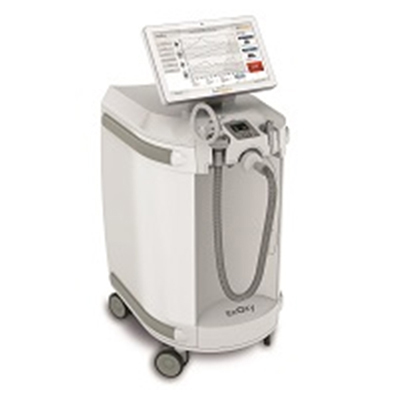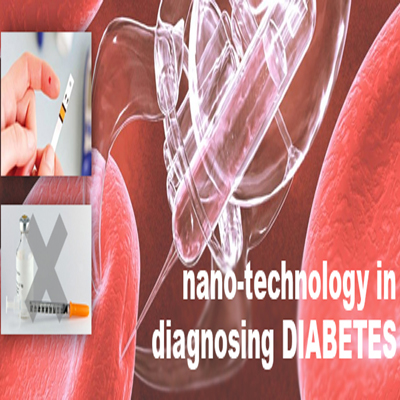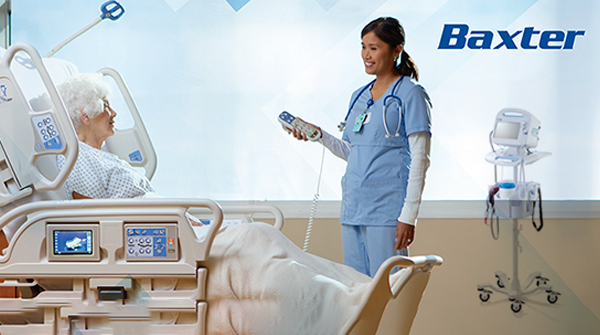Articles
Intermittent Hypoxia Therapy (IHT) – From Sports Performance To Cardiac Rehabilitation

IHT has been found to have positive effects on coronary heart disease (CHD) patients
For decades, athletes have been using hypoxic trainingor the practice of limiting oxygen availability while training, to improve their performance. Training in an environment with low oxygen is known to boost the production of red blood cells, aid stamina and even improve lung and heart function. This is why in the West and many parts of Asia, many endurance athletes such as marathon runners continue to live and/or train at high altitudes.
While intermittent hypoxia may have its roots dating back to the middle ages, the modern scientific study of intermittent hypoxia therapy (IHT) — also known as periodic hypoxia, interval hypoxia and hypoxic preconditioning, among others — took off in 1930’s in the Soviet Union, driven mainly by military requirements. Today IHT is widely prescribed in the former Soviet Union and Russia as a drug-free treatment option with very few contraindications. Of the two million patients undergoing IHT, 75 to 95 percent reported good or satisfactory results.
IHT and its possible applications havealso become the subject of a considerable amount of research in the last 30 years. The number of publications indexed in PUBMED under the key word “intermittent hypoxia” has increased from a mere 15 in 1983 to 385 by 2013. The results of this research has extended the use of IHT beyond its established roles in altitude acclimatisation and sports performance enhancement to treatments for a variety of conditions such as coronary heart disease (CHD). It is now gaining a reputation among healthcare professionals and growing in popularity in Europe and the United States.
Recently, two clinical trials were published which showed CHD patients benefitingfrom IHT.
In one of the clinical trials which enrolled 40 coronary heart disease patients suffering from exertional angina, the significant increases in exercise tolerance was accompanied by normalising lipids profiles, lowered blood pressure and reduced incidence of angina attacks. Another study which enrolled 46 male and female smoking and non-smoking patients showed that exercise tolerance was increased with peak oxygen consumption increasing 14.25 to 14.55 ml/kg/min and remained significantly elevated at 14.84ml/kg.min for the next month.
The good news is that coronary heart patients don’t need to climb mountains to enjoy the benefits of IHT. Doctors and trained therapists can offer IHT in the comfort and convenience of their clinics with the ReOxy, a new medical non-invasive modality of treatment for cardiovascular diseases.
According to the inventor of ReOxy, Dr Alexey Platonenko, ReOxy is very different from its Soviet predecessors. Trying to compare the two is like comparing an old model T Ford to the latest Tesla; they are both cars but they run on very different technologies. Dr Platenenkoelaborates, “The ReOxy is the first device of its kind that allows precise calculation and dosing of hypoxic load tailored individually for each patient. ReOxy uses Self-Regulated Treatment (SRT) technology that relies upon the principle of biological feedback, where the patient’s bodily reactions define and control the therapeutic parameters throughout the whole treatment session.”
He adds that it is crucially important to correctly calculate the individual dose to be used for every hypoxia treatment and not to over or under-dose. “Overdosing hypoxia can result in negative effects similar to those caused by obstructive sleep apnea syndrome. On the other hand,under-dosing can reduce the procedure’s efficacy. In ReOxy’s case, the hypoxic load dose is calculated in a similar way to doses for pharmacological substances. It can subsequently be repeated, increased or decreased as required.”
Being a non-invasive, non-pharmacological treatment, IHT can be safely prescribed and used concurrently with other therapies and prescription drugs. For added safety, the SRT reads and analyses information from a built-in pulse oximeter to adjust the supplied air mixture and timing for each patient in response to changes in vital indicators, i.e. blood oxygen saturation and heart rate.
Dr Platonenko adds, “It took us three years of non-stop research and liaising with leading industry suppliers from all over the world to develop the individual breathing set we currently use and which we believe offers the best user experience.”
ReOxy will debut in Asia for the first time at MEDICAL FAIR ASIA, Asia’s premier medical conference and trade fair, which will take place from the 31stof August to the 2nd of September 2016 at Marina Bay Sands. It is the first device certified for medical application of IHT in accordance with MDD 93/42/ EEC medical EU directive.




